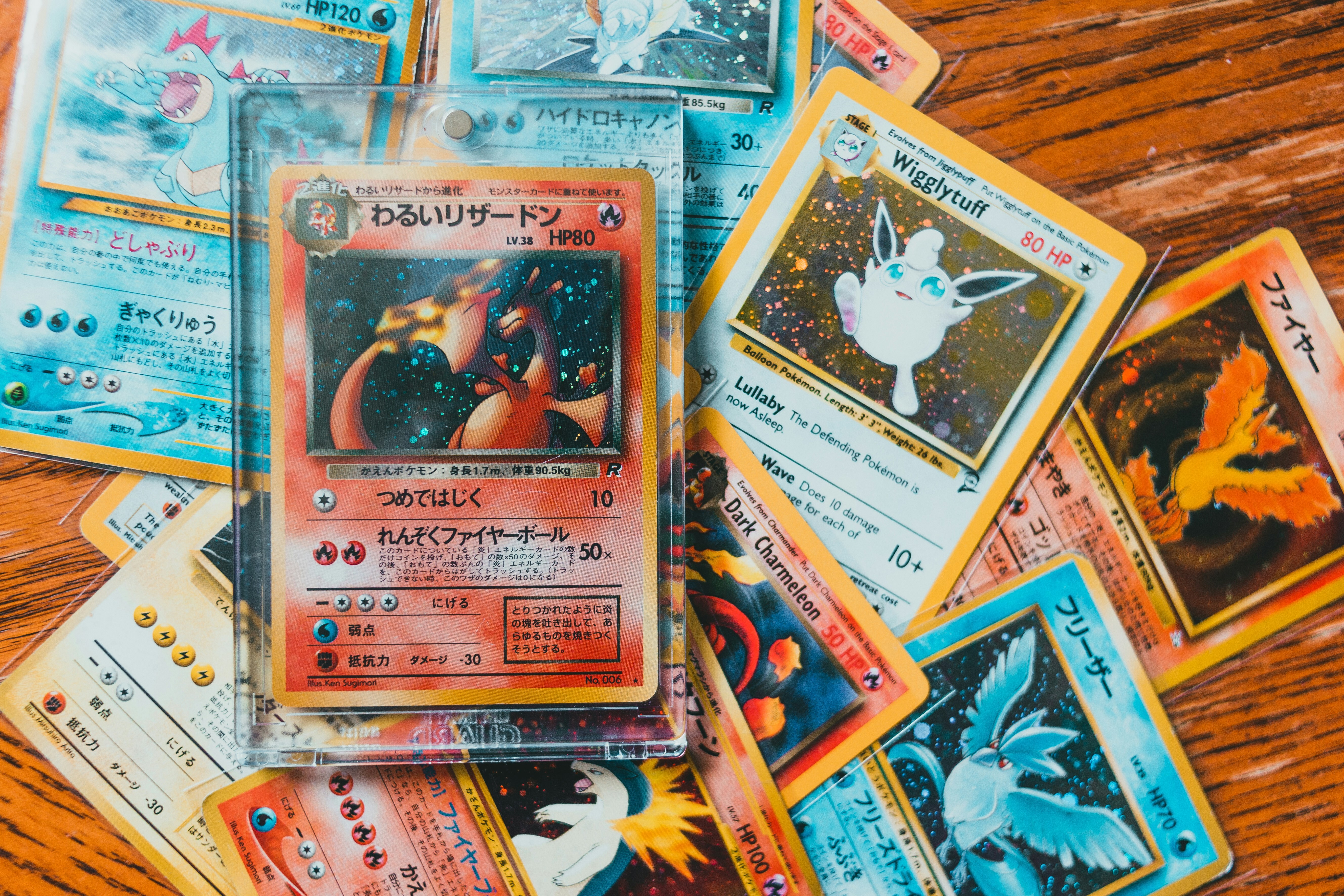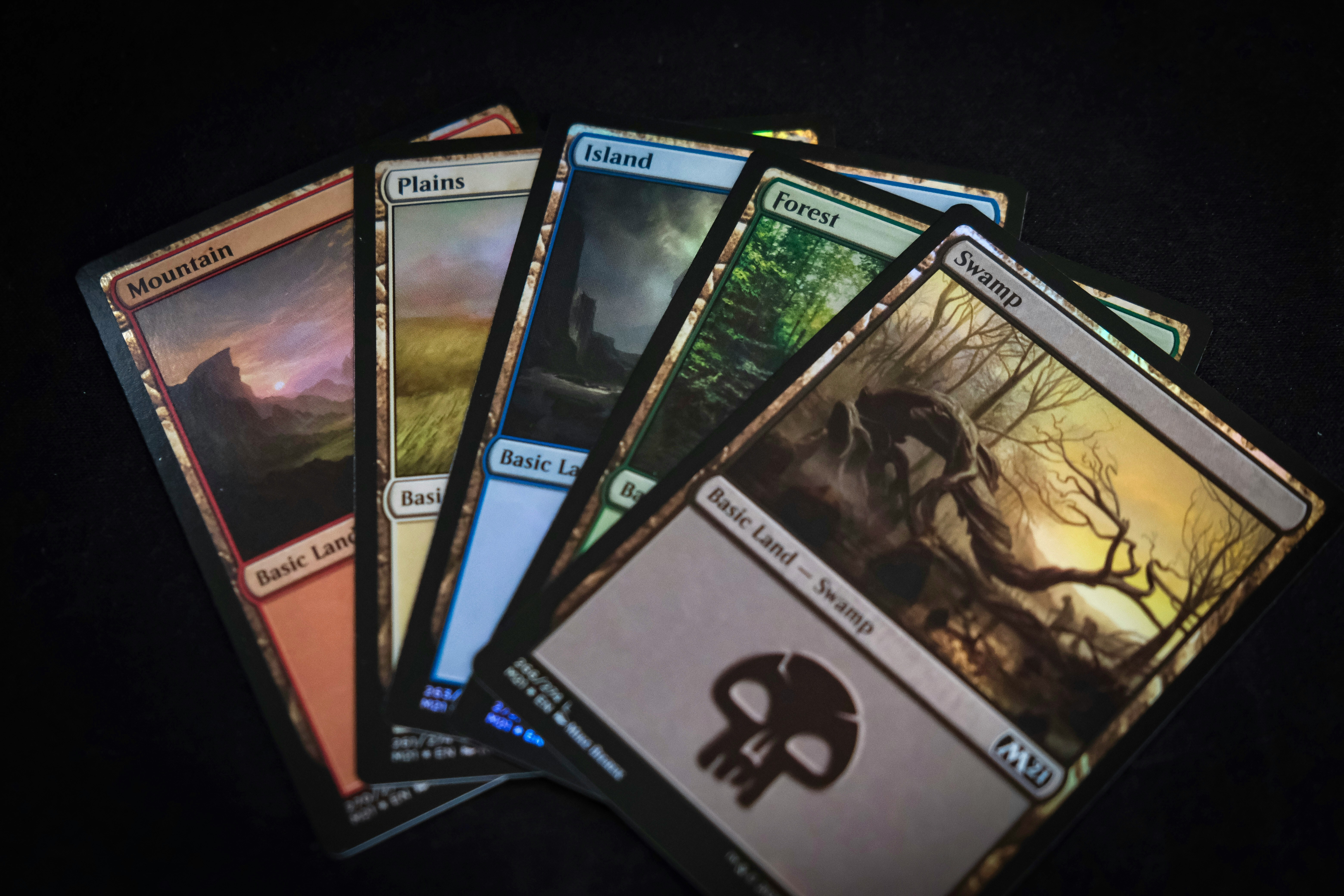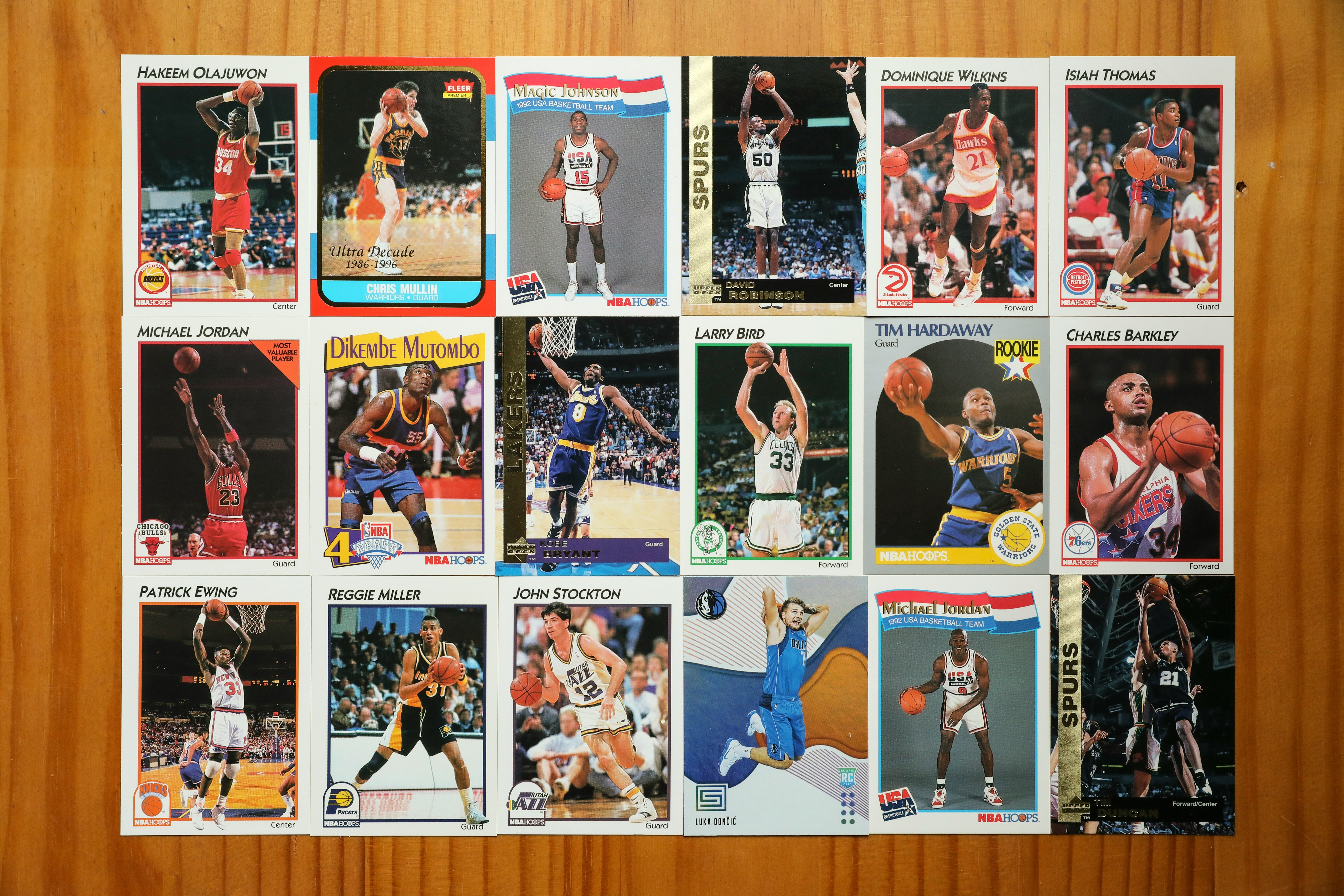Collection Insurance; Protecting Your Unique Possessions

Collecting has never been more exhilarating, or more precarious.
From the global frenzy over Labubu dolls to the skyrocketing prices of Pokémon or Magic: The Gathering cards, and the never-ending passion of collecting sports memorabilia, objects once dismissed as toys (or hobbies for children) are now commanding serious money and global attention.
But with soaring values, and expanded collections, comes increased risk.
Fire, theft, accidental damage, or even the legal murk of forgeries can turn a prized collection into a devastating financial and emotional loss should the wrong thing happen. That is why specialist collections and art insurance has become essential for collectors worldwide.
Unlike standard home contents insurance protection, which was never designed for high-value collectibles, dedicated collections insurance is tailored to protect the valuable collections amassed in a city like Hong Kong, where space is tight, markets are global, and passions for collecting run deep.

Collections Insurance; Beyond Home Contents Cover
Specialist collections insurance is designed to protect objects with financial and cultural values that outstrip the limits of ordinary home contents insurance protection.
Paintings, sculptures, designer toys, trading card collections, rare wines, vintage instruments, and sports memorabilia each carry distinct patterns of risk, from transit knocks, to humidity, damage, and even outright theft.
A policy built for collections recognizes these realities explicitly; addressing the ways collectors actually acquire, catalogue, store, display, transport, and occasionally sell and loan the pieces in their collection. In Hong Kong, where high-density living meets a vibrant art scene and a sophisticated collector culture, purpose-built cover can be the difference between a disappointing partial payout, and a settlement that truly makes a collector whole again, when something goes wrong.
A standard home policy is typically built to protect everyday belongings against common perils, and to replace them at modest per-item limits. This structure works for sofas and laptops; but they struggle with a first-edition print of Churchill, a case of rare Burgundy, or CGC Graded 10 Alpha Black Lotus. Sub-limits on a standard home contents insurance policy can cap a claim well below market value for items within a collection. Further to this, exclusions on many home contents insurance products may narrow what qualifies as “accidental damage,” and can mean coverage evaporates the moment items leave the insured premises for a show, a sale, or a private loan. Insurance policies focused on, and built for collections are designed with different assumptions, extending coverage to items in the home, in storage, in transit, or on loan to an exhibition, and allowing higher scheduled values that reflect appraisals, invoices, and recent market evidence.

Why Insure a Collection today?
Collecting has exploded in popularity over the last 5 years.
Outside traditional collectables like wine, cars, or art, designer toys have exploded in popularity, trading card hobbies have matured into global markets with grading and auction infrastructure, and sports memorabilia has shifted from a nostalgic niche aimed at extreme fans, to a technology-enabled asset class with serious investors.
Consider Labubu dolls, the shaggy, “ugly-cute” creatures created by artist Kasing Lung and popularised by Pop Mart’s blind mystery-box model.
The rise of Labubu from quirky toy, to a global collecting frenzy, illustrates how scarcity mechanics, social media, and strategic retail rollouts can influence demand. News coverage in 2025 noted the opening of new flagship stores, and highlighted the scale of Pop Mart revenues tied specifically to Labubu, while simultaneously documenting how quickly a feverish market can cool when sentiment turns; reminiscent of the TY Beanie Baby craze of the 1990s. The combined picture painted of the Labubu craze, specifically rapid ascents and abrupt pauses, captures the volatility that collectors need to manage, and overcome, through robust documentation and insurance that respects real-time value.
Trading cards demonstrate a similar mix of growth, flux, and potential.
In recent years, grading firms have processed cards at near-record rates, reflecting extraordinary demand for both modern, and vintage issues, across Pokémon, Magic: The Gathering, and sports categories. Industry reporting shows the grading pipeline running along at a strong pace through 2024, which is a useful proxy for the intensity the market, and consequently the exposure of collections to loss, or damage, in transit and handling. In relation to this, price-tracking analysis for Magic: The Gathering cards has documented sharp month-to-month moves in market prices for highly sought-after cards; a reminder that valuation is never static, and that declared or agreed values for an insured collection should be revisited as markets evolve.
A global market research snapshot for sports cards has likewise projected a decade of steady expansion, with digital tools, authentication technology, and direct-to-consumer platforms accelerating growth. Each of these trends increases the importance of accurate schedules, careful storage, and coverage that follows the collection wherever it goes, and goes to point out the danger of leaving a collection unprotected against a backdrop of explosive growth in the sector.

Understanding Specialist Insurance for Your Collection
At its core, a collection insurance policy is an agreement to recognize the unique characteristics of high-value personal property. This type of insurance acknowledges that a sealed case of sports cards or a slabbed Pokémon grail, a limited-run Labubu figure still in pristine packaging, or a contemporary print framed for humidity-controlled display, requires more than a generic contents description and a nominal valuation cap.
The language of a Collection Insurance policy is normally worded so that the plan covers “all-risks” physical loss or damage on a worldwide basis. This generally means that accidental breakage, theft, fire, water damage, and similar perils, subject to any extra exclusions and conditions that may be applicable, are covered under this type of insurance; anywhere in the world. As such, a collections insurance policy understands that objects might be at your home, in secure storage, in route to a fair, or on loan to a gallery or museum. Consequently, Collections Insurance can be written to respond in those settings, rather than going silent the moment an item leaves a Mid-Levels flat or Kowloon Bay storage Unit.
However, the core concern of any collections insurance policy is the schedule of values and items covered under the plan.
A schedule can be as simple as a total collection limit (with a reasonable per-item cap) or as detailed as line-by-line entries for each item in the collection; often with appraisal reports, invoices, high-resolution photographs, and serial or grading identifiers attached. In trading cards, this can mean noting edition, set, print run, and the professional grade (if one exists).
For Labubu dolls or other designer toys, a schedule can be equally specific; recording the series and variant, release details, and packaging condition. In fine art, condition reports, provenance documents, and gallery invoices become critical documents supporting your ownership and valuation. The more robust the schedule, the lower the likelihood of dispute after a loss, and a claim settlement which is closer to the policyholder’s actual valuation of the item.
When it comes to understanding how much an item can be insured for, two valuation philosophies tend to dominate the insurance market: agreed value, and market value at the time of loss. Agreed value offers predictability by fixing a number in advance for a scheduled item, which is useful in volatile segments where prices can move quickly on news, reprints, or viral demand. Market value formulations can be fair in steady markets, but may have to be negotiated during claims, which is not ideal after a loss.

Where Pokémon, Magic: The Gathering, and sports cards fit
A trading card is small, portable, and sensitive to environmental conditions; especially in a hot and humid city like Hong Kong.
Corner dings, centering flaws, surface scratches, and humidity can reduce value dramatically. Even well-slabbed cards face transit risks and temperature swings when they are mailed to grading services, or consigned to auction. High grading volumes reported by the hobby press point to a maturing ecosystem in which more cards are moving more frequently through mail and courier networks.
This dynamism increases a collector’s exposure to mishaps, which is why policies that explicitly include transit and exhibition cover are so worthwhile for card-heavy collections. Meanwhile, price-trend reporting from market platforms shows how quickly a modern Magic: The Gathering staple, or a recently discovered vintage rare, can swing in value over a single quarter. Consequently, reinforcing the importance of revisiting scheduled values rather than letting them go stale for years.
Sports cards carry many of the same physical vulnerabilities as trading card games, but their prices can be especially sensitive to athlete news cycles and seasonal performance, while a surge of interest in women’s basketball cards in 2025 has created fresh pockets of value and attention that expose more collections to the risks of transit, display, and storage.
Insurance works best alongside good habits.
Card collections benefit from stable humidity, temperature control, and common-sense storage systems that avoid tight bends and edge pressure; fine art needs protection from direct sunlight and fluctuating moisture; designer toys prefer dust-resistant cabinets and climate-aware placement. In a compact city, many collectors use off-site storage lockers or professional facilities, and some rotate items between home, office, and vault. A specialist insurance policy that follows the collection wherever it lives, or travels, removes the guesswork when it comes to fully securing your valuables.
Further to this, collectors rarely buy on a fixed timetable.
A chance encounter at a trade show, a late-night online release, or a flash auction can add a significant item to a collection without warning. Good collection insurance policies anticipate that reality by providing automatic cover for new acquisitions up to a sensible percentage of the schedule for a defined grace period, subject to prompt declaration. This means that, under this type of insurance policy, as long as you declare your newly acquired item to the insurer in a timely manner, you’ll be covered against accidental loss, damage, or destruction (up to the policy limits) as soon as you make a purchase.
That design reduces the window in which a newly acquired Labubu variant, a vintage sports rookie, or a hard-to-find Magic: The Gathering foil sits uninsured or under-insured while paperwork catches up.
Simply put, no matter what you collect, the right insurance policy can make your life much simpler while at the same time giving you valuable peace-of-mind.

Collecting, Insurance, and Risk
Whether your passion is a wall of contemporary prints, a glass-fronted row of rare Labubu variants, a carefully alphabetized bank of Pokémon and Magic: The Gathering sets, or a climate-controlled box of sports rookies, the core ideas are the same.
Identify the risks that are specific to your objects and your habits, choose policy wording that follows your collection wherever it reasonably goes, keep your schedule current and your documentation thorough, and revisit values as markets move.
The Hong Kong market offers structures designed precisely for this way of collecting, acknowledging that these objects are not incidental decorations but central parts of your financial and personal story. Insurance does not eliminate loss, but it can convert a blow into a repairable setback rather than a permanent hole in a collection and a balance sheet
Specialist collections and art insurance is not a luxury bolted onto a hobby; it is a pragmatic tool for safeguarding the time, energy, and capital that modern collecting demands.
The rise of Labubu shows how quickly a niche can become mainstream and then change course; the growth in grading and the shifting price curves in Pokémon, Magic: The Gathering, and sports cards show how global and fluid these markets have become. In that environment, the most effective collectors behave like careful archivists and pragmatic risk managers. They photograph and catalogue, they choose display and storage with intention, they keep an eye on market evidence when renewing, and they carry cover that mirrors the life their collections actually live.
For more information about Collections Insurance, or to get a free quote for your collection today, Ask CCW – where your insurance is always Swift, Simple, and Sorted.



